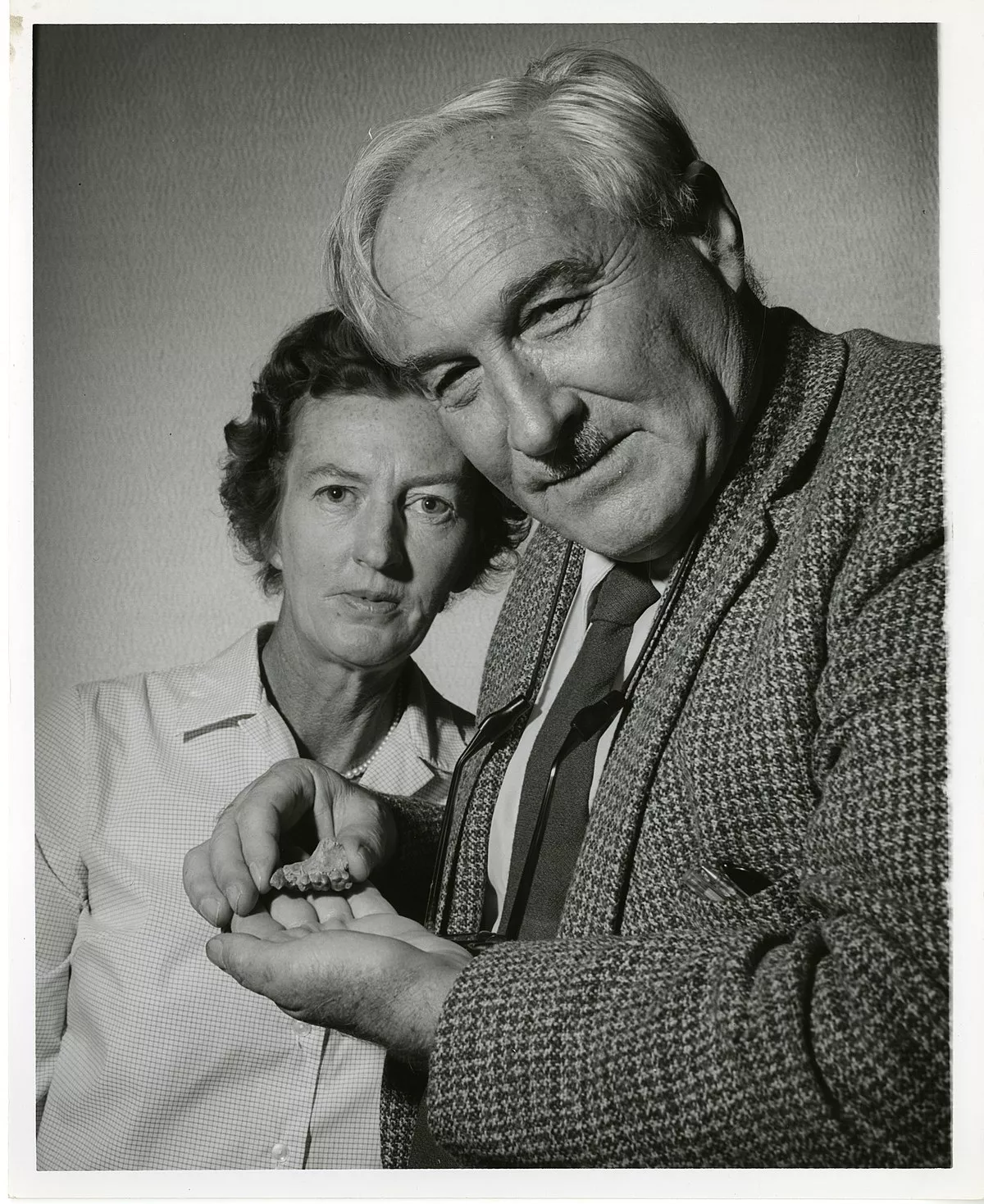 1.
1. Louis Seymour Bazett Leakey was a Kenyan-British palaeoanthropologist and archaeologist whose work was important in demonstrating that humans evolved in Africa, particularly through discoveries made at Olduvai Gorge with his wife, fellow palaeoanthropologist Mary Leakey.